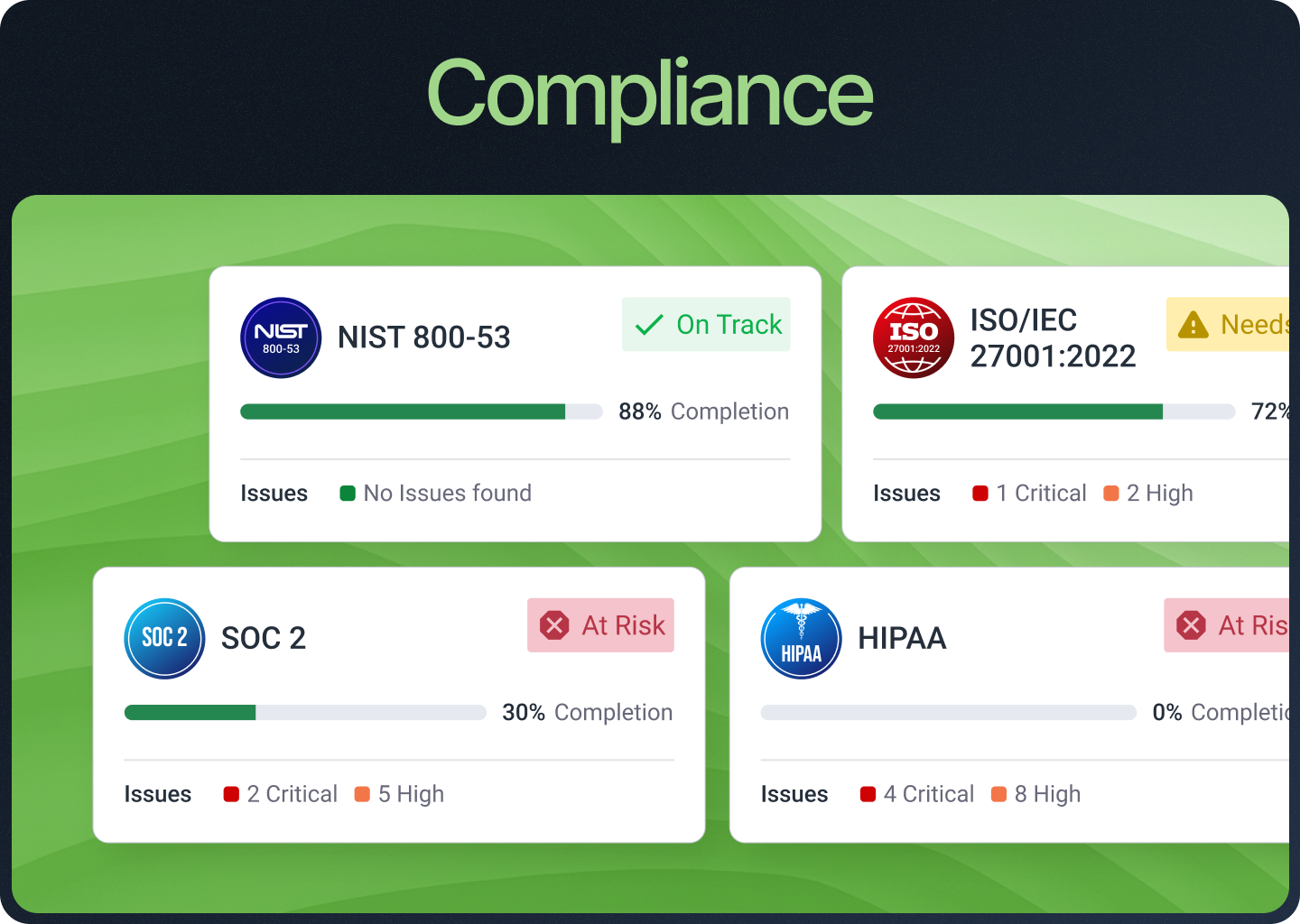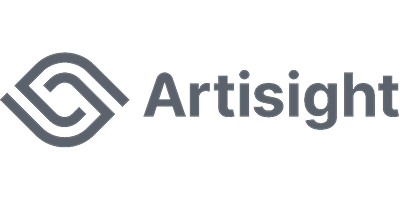In today's digital era, ensuring the security of sensitive data is paramount for businesses. Compliance plays a crucial role in achieving this goal. In this comprehensive guide, we'll explore the significance of compliance, delve into common compliance standards, and provide insights on creating a robust framework for adherence.
1. Understanding the Significance of Compliance (SOC 2, ISO 27001, HIPPA, PCI, GDPR)
Data Security Focus:
Compliance is not just a checkbox—it's a strategic approach to safeguarding data. By adhering to compliance standards, businesses can establish and maintain a secure environment for their digital assets. It's like putting on armor to fend off digital threats and keeping our important info safe from prying eyes.
Legal and Financial Implications:
Skipping the compliance rulebook has some serious consequences. We're talking about lost customer data that can break the bank and legal headaches that nobody wants. Knowing the risks helps us stay on our toes and make sure we're following the rules, It's not just about avoiding penalties but fostering trust and credibility in the business landscape.
Real-world Examples:
Consider the unfortunate cases of SaaS companies facing severe penalties due to data breaches. Customer data gets leaked, and suddenly, they're in hot water. It's not just about the fines; it's about the hit to reputation. Learning from these incidents emphasizes the urgency of maintaining a robust compliance strategy.
Swif enables companies to secure their company devices to prevent data breaches and automate compliance audits with its integration with compliance automation tools like Vanta or Drata.
2. Common Compliance Standards
Major Regulatory Standards:
Prominent regulatory standards such as GDPR, HIPAA, SOC 2, and PCI DSS play pivotal roles. Each standard comes with specific requirements that businesses must navigate to ensure adherence. They serve as benchmarks for data protection, healthcare information security, service organization controls, and secure payment card transactions.
GDPR prompts businesses to handle personal info with care. HIPAA is all about keeping healthcare secrets safe. SOC 2 checks if our systems are in tip-top shape, and PCI DSS sets the bar high for securing card transactions. Understanding these specific demands is like having a map to navigate the compliance jungle.
Swif helps companies that are going through compliance to get all the tools that they would need to securely manage their company and employee data.
Specific Requirements:
GDPR, with its emphasis on data protection and privacy, necessitates careful handling of personal information. HIPAA ensures the utmost confidentiality in healthcare information. SOC 2 focuses on the integrity of service organizations' systems, while PCI DSS establishes stringent requirements for securing payment card transactions. Understanding these specific demands is essential for guiding businesses through the compliance landscape.
Industry-specific Considerations:
Industries vary in their compliance needs, and tailoring efforts to industry standards is crucial. For example, healthcare organizations contend with regulations specific to the healthcare sector. Adapting compliance strategies to align with industry standards is not merely a choice but a necessity, recognizing and navigating nuanced regulatory requirements.
3. Creating a Framework for Compliance
Robust Compliance Framework:
Building a compliance framework involves the meticulous development of policies, procedures, and documentation. This framework serves as the foundational structure for aligning IT practices with compliance requirements. It's not merely a formality but the scaffolding upon which every IT practice aligns to meet and exceed compliance requirements.
Swif simplifies how companies create and deploy policies for their company devices, allowing them to adhere to the compliance framework that they are planning to implement.
Assessment Steps:
Creating a robust framework for compliance involves a strategic and methodical assessment process. This process helps businesses understand their specific compliance needs, identify potential gaps, and lay the foundation for a targeted and effective compliance strategy. This step is crucial for identifying potential gaps and areas for improvement.
Alignment with IT Practices:
Complete Compliance is achieved through the seamless alignment of IT practices with compliance requirements. This harmonious integration ensures that every facet of the IT infrastructure contributes to the overarching goal of maintaining compliance and creating a resilient and agile digital environment.
Swif enables SaaS companies to get all the tools that they need to stay compliant with strict regulations without spending too much time and money.
This includes MDM, policy management, software installation, compliance automation integration, remote desktop access, and retrieving and sending company devices - all in one app.


























.png)











.webp)







